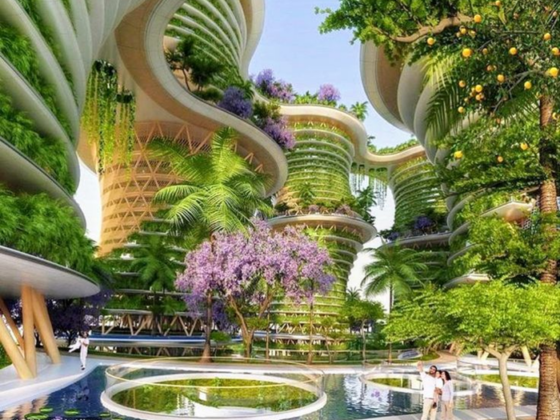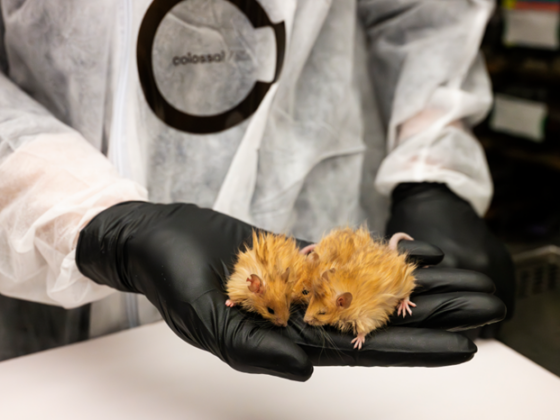Metal -plastic windows have long gained popularity among the population of most developed countries. And this is justified, since the windows made of PVC profiles are characterized by good thermo, noise-and dustproof properties. However, white PVC profile has one drawback-rapid pollution from the outside. Street dust, drops of rain or melted snow, the city could – all this settles on the window profile and leaves ugly stains.
For a long time, experts could not find a method of processing profiles that would protect them from the influence of external environmental factors. Nature itself came to the rescue, which created a plant capable of self -cleaning – lotus. Scientists have noticed that the leaves of this plant always remain clean. And the water that falls on their surface does not linger on it, but rolls, carrying off particles of dust and dirt. This happens due to the fact that there are microscopic particles of silicon (up to 40 nanometers) on the leaves of the lotus, which stop water and do not allow it to change the shape. This natural water -repellent phenomenon is called “Lotus Effect”.
Scientists of one of the American universities, together with researchers of the PVC-Profiles production company, were able to develop a technology that allows you to reproduce the “Lotus effect”. Thanks to this invention, today, plastic products that have an almost zero level of wettability can be produced today.
The new technology is characterized by other advantages:
• resistance to mechanical damage;
• the ability to push any fluids, including oil;
• prolonged protection against pollution;
• long -term preservation of the pristine type and technical characteristics.
Thus, the use of modern nanotechnologies in the production of window profiles creates the conditions for the emergence of products of the future that can “take care of” independently. How does it happen?
First of all, it is necessary to figure out what nanotechnologies are. One of the definitions suggests that this is a certain structure considered at a molecular-atomic level that allows you to develop functional compounds and elements of unusually small sizes. This is the production technology of the future, providing relatively inexpensive investments that ensure complete control over the structure of the substance. The use of nanotechnologies in production allows you to give previously used materials new properties.
Nanotechnologies allow you to create a surface from a huge number of nanostal, located both in parallel and at the same distance from each other. This surface is called “Nanotrava”. Once on the nanotrava, a drop of water cannot change the shape and drains between nanotravs, since it applies to the surface at just a few points. In such a situation, water (or any other liquid) is forced to curl into the ball and slide down. Together with water with the “nanoprofil”, the remains of other natural manifestations (dust, dirt and other things) are also rolling.


